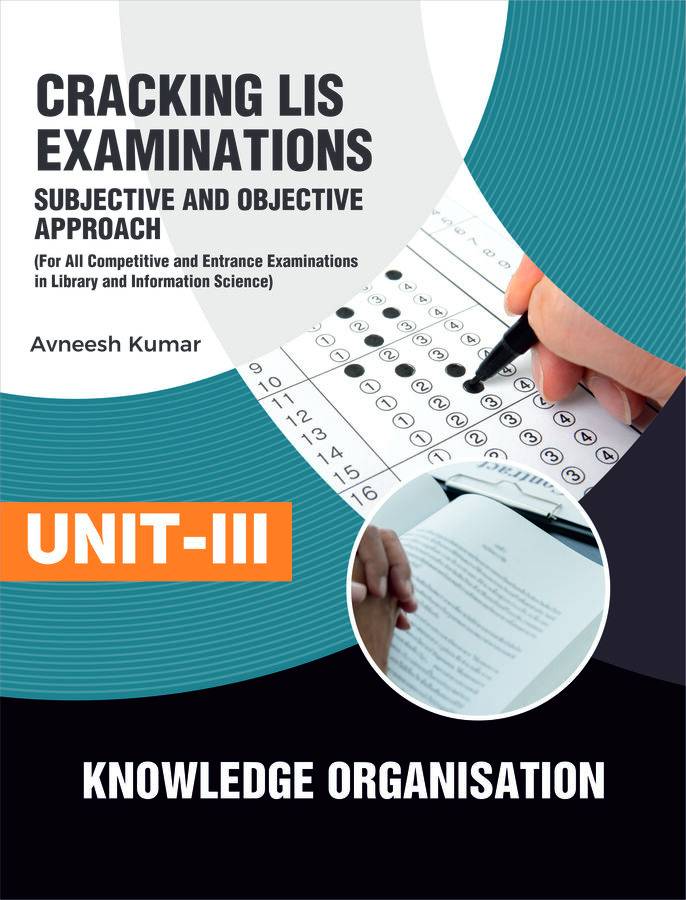This comprehensive series is aimed at helping the aspirants preparing for the competitive and Entrance examinations like UGC NET/JRF, SET/SLET, DSSSB, JKSSB, SSC, PSC, DUET in the field of Library and Information Science.
This book would go a long way in helping the aspirants and enabling them in acquiring detailed understanding of the subject which is required for qualifying various competitive examinations and eventually landing with their dream job.� � The book covers almost all dimensions of the subject as per the latest curriculum consisting of eight units - Library and Society, Library Management: Principles and Practice, Knowledge Organization, Information sources and International Standard, Information Services, Systems and Organisations, Information Technology and Library Automation, Information & Communication and Research Methodology.� � At the end of every chapter objective questions including previous year questions of all India competitive examinations, NTA NET and SET/SLET pertaining to chapter theme along with solutions have been provided for comprehensive understanding.
Best effort has been made to provide true, authentic, error free and up-to-date content saving the precious time of the aspirants in this world of competition.
Unit-III â??Knowledge Organisationâ?? is divided into 21 chapters.� Every chapter provides a clear understanding of the topic, which includes some basic terminologies related to knowledge organization, various modes of Formation of Subjects, Classification and types of classification, various Canons of Classification, Normative Principles.� The most widely used Colon Classification (CC), Dewey Decimal Classification (DDC) and Universal Decimal Classification (UDC) is also very well explained.� Emphasis is also given to books on Classification, Canon of Cataloguing and Basics of Cataloguing.� Other important topics i.e. Classified Catalogue Code, Anglo American Cataloguing Rule (AACR), Indexing, International Standard Bibliographic Description (ISBD), MARC, CCF, BIS, Resource Description and Access (RDA), FRBR, FRAD, FRSAD, BIBFRAME (Bibliographic Framework) are presented and explained in detail. Subject heading and Books on Cataloguing are other highlights of what this book offers.
Ã?Â


